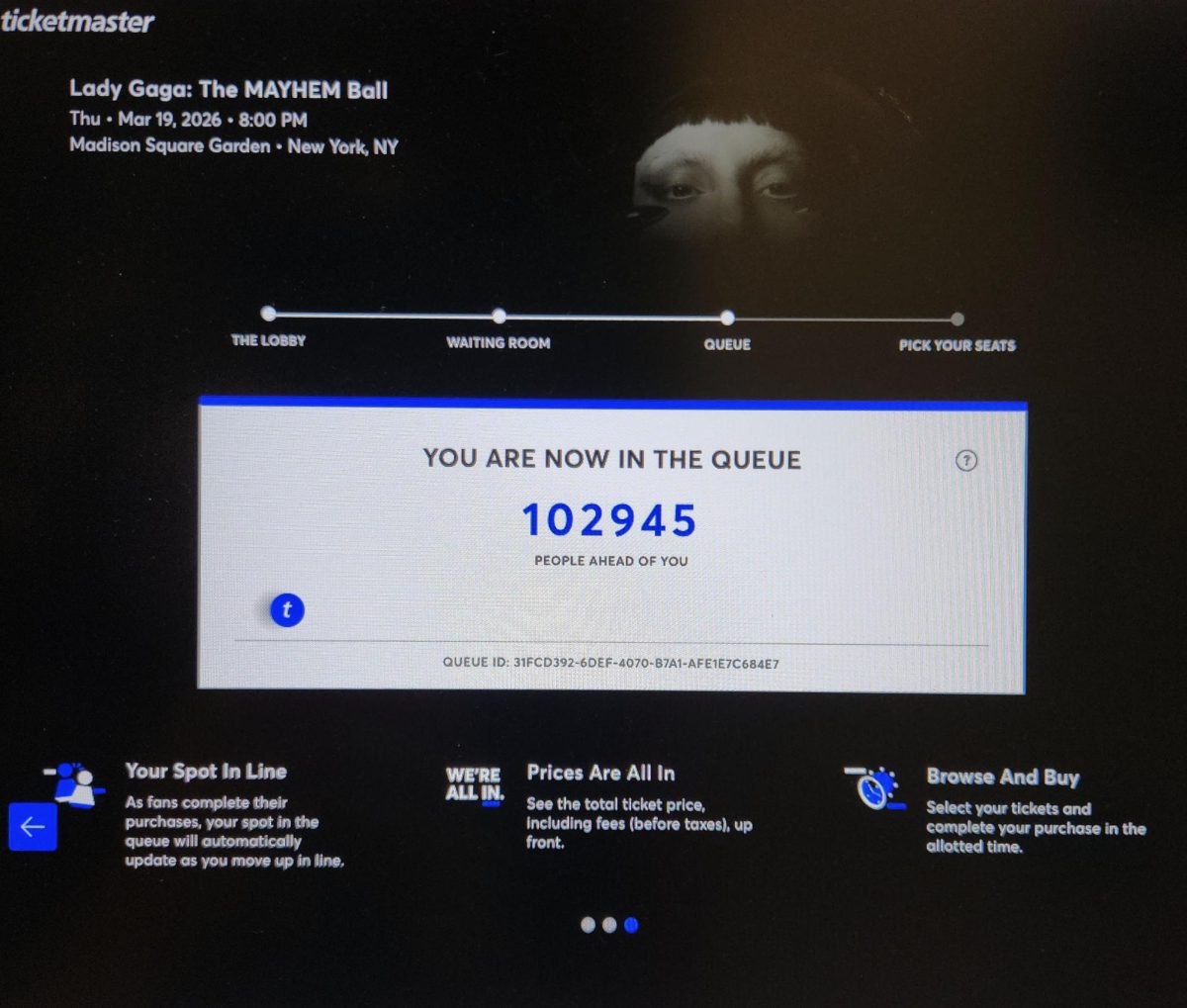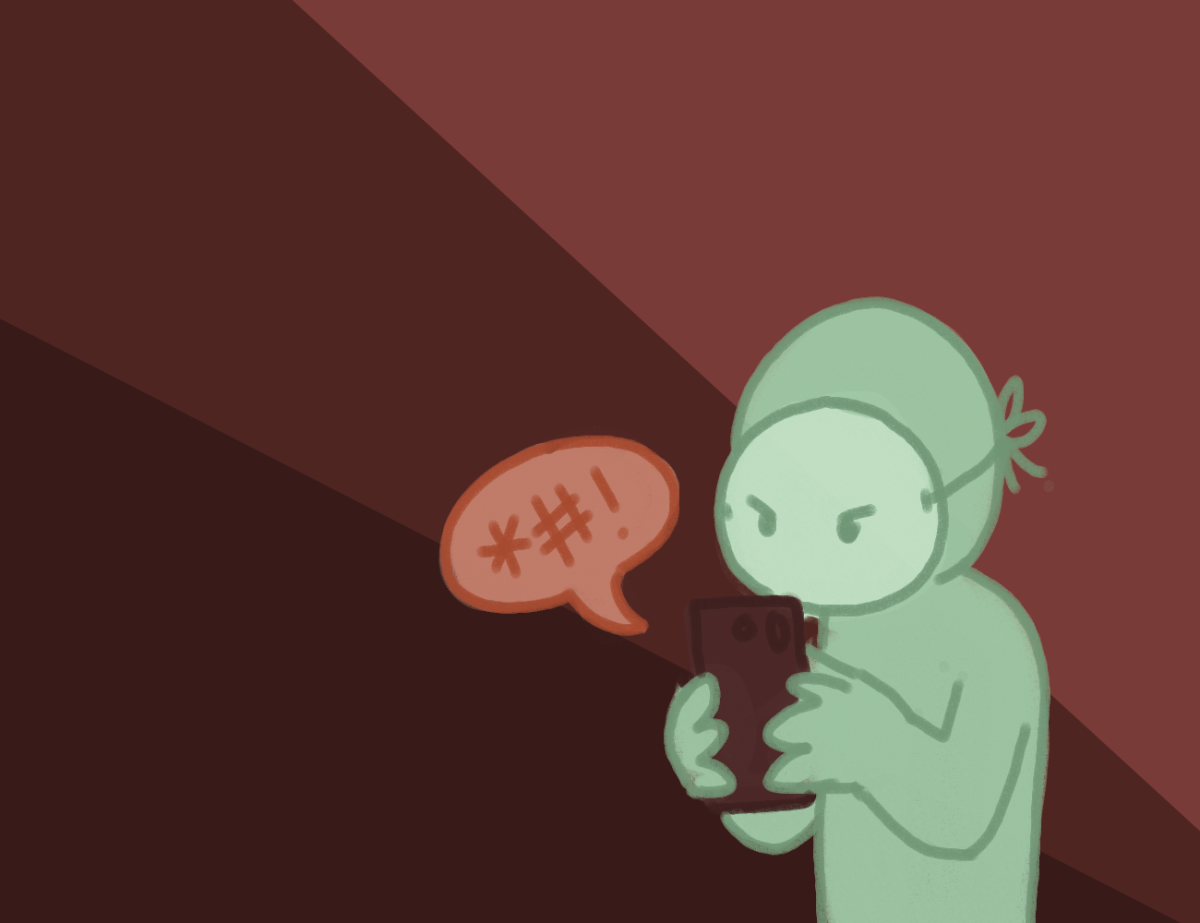About as expected as snow on the ground during a Minnesota winter, so too is the sight of a Macalester student smoking a cigarette somewhere on campus. Upon my arrival here this was surprising to me, but within a few months I had smoked my first few cigarettes with friends who regularly smoked. I didn’t feel bad about it at all; in fact, it was the cool thing to do. It took less than a few months from my initial surprise at the smoking frequency on campus for me to normalize the use of tobacco entirely.
It required the perspective of a close friend from home in order for me to realize that the opinion of tobacco use I had prior to college had ceased to exist. Although still disgusted by the smell, taste, price and cough associated with using tobacco, my judgement had been clouded by the continual and casual use of tobacco by a significant fraction of the student body at Macalester. This student body, which I regarded as intelligent and deeply passionate about issues concerning global health and environmentalism, was precisely the catalyst in my normalization of tobacco usage. In retrospect, I am ashamed to know that my choice to use tobacco further normalized it, but I am even more ashamed to know that my choices inadvertently solidified the position of Macalester’s student body regarding tobacco use.
When considering the use of tobacco, it is vital that we as a student body support the transition toward a tobacco-free campus. This shift in campus policy would, at best, reflect a tardy response to the 2012 National Tobacco-Free College Campus Initiative from the U.S. Department of Health and Human Services. Put solely in terms of health, the American College Health Association states, “Efforts to promote smoke-free environments have led to substantial reductions in the number of people who smoke, the amount of tobacco products consumed, and the number of people exposed to environmental tobacco hazards.”
Any student on this campus could tell you a number of reasons why using tobacco is bad. These reasons can be summed up by the number of deaths per year as a result of first and secondhand smoke or data suggesting that indoor secondhand smoke is not any more deleterious than outdoor secondhand smoke. Something any student might not be able to tell you—and something they might not be aware of themselves—is the impact of their decisions on observers who look up to them. Quite obviously an incoming first year’s behavior can be influenced by looking up to upperclass students and their decisions. Whether we like it or not, as students of a prominent institution we are in a position from which we have the power to normalize a given activity. If we are to view ourselves as role models in society it is imperative that we act to denormaliz tobacco usage.






